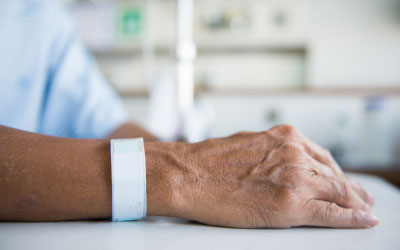Long-Term and Late Effects of Childhood Leukemia Treatments
Long-term effects of childhood leukemia treatments are medical problems that continue for months or even years after the treatment stops. Late effects are medical problems that happen years after the leukemia treatment stops.
Factors that affect a child’s risk for long-term or late effects include:
- Age and gender at the time of leukemia treatment
- Duration and type of leukemia treatment
- General health status
Physical side effects
Children treated for leukemia may experience long-term physical side effects, such as:
- Bone or joint pain or changes such as osteoporosis
- Fatigue
- Growth delays
- Hearing loss
- Infertility
- Thyroid problems
Late physical effects include:
- Cancers called secondary cancers that develop because of the treatment
- Heart disease
- Kidney problems
- Lung problems
How to manage physical side effects
Before leukemia treatment begins, consult with fertility specialists familiar with childhood leukemia treatments. Some facilities specialize in ways to preserve fertility in children who need leukemia treatment. These specialists assess your child’s infertility risk based on age, gender, and treatment plan.
After leukemia treatment, schedule all recommended follow-up appointments with your child’s doctor. These physical examinations may occur yearly or more frequently as needed. Physical examinations help your child’s doctor to:
- Catch leukemia relapses (return of cancer cells) after remission (reduction or absence of cancer)
- Detect long-term or late effects of childhood leukemia treatments and take necessary steps to treat these effects
- Evaluate the leukemia treatment’s effectiveness
Help your child create and maintain a healthy lifestyle, including:
- Adequate exercise
- Good nutrition
- Protection from the sun (lotions, hats)
- Smoking avoidance
Neurological Side Effects
Treatment for childhood leukemia may affect your child’s ability to learn (cognition). Neurological side effects impact the brain and nerves and may include difficulties with:
- Attention span
- Concentration
- Fine motor coordination, causing poor handwriting
- Mathematics and spatial relationships
- Planning and organizing
- Problem-solving
- Processing information
How to manage neurological side effects
Try to get cognitive tests done before starting treatment. Repeating these tests after treatment helps determine whether the treatment caused any changes. It is important to plan for your child’s return to school if neurological side effects are present.
You should:
- Educate teachers about the potential long-term or late effects of leukemia treatments. Doctors may help with this step.
- Collaborate with your child’s doctors and teachers to create a customized program to ease your child’s return to school.
- Plan for transitions to middle school, high school, college, or adult life as needed.
- Ask for special accommodations to give your child more time to take tests or finish classwork. Three federal laws support these accommodations, including the:
- Americans with Disabilities Act
- Individuals with Disabilities Education Act
- Rehabilitation Act (Section 504 covers public elementary and secondary education)
Emotional side effects
Most children who undergo treatment for leukemia stay emotionally well after treatment. Some children or teens may experience:
- Behavioral changes
- Concerns about dating and having a family after treatment
- Depression
- Feelings of extreme anxiety or stress called post-traumatic stress disorder (PTSD)
- Mood changes
- Worries about the leukemia returning or treatment-related side effects developing
- Worries about others treating them differently
How to manage emotional side effects
Parents should keep notes of any emotional or behavioral changes they notice and bring them up to the treatment team.
Members of the care team may recommend special support programs and services to help children cope during and after treatment. These programs may involve meeting with peers who have experienced similar courses of treatment.
Parents also should be aware that their own emotions may affect the behavior and emotions of their child. Seeking support to manage your own stress as a parent may help your child.
Resources for you and your loved ones
Support can make a significant difference when you face a cancer diagnosis. You can connect with others who understand these challenges through our peer support programs. We offer an online support community and a mentoring program. We also have a directory of resources, including information for children and adolescents/young adults (AYA), to help patients, families, and caregivers.



